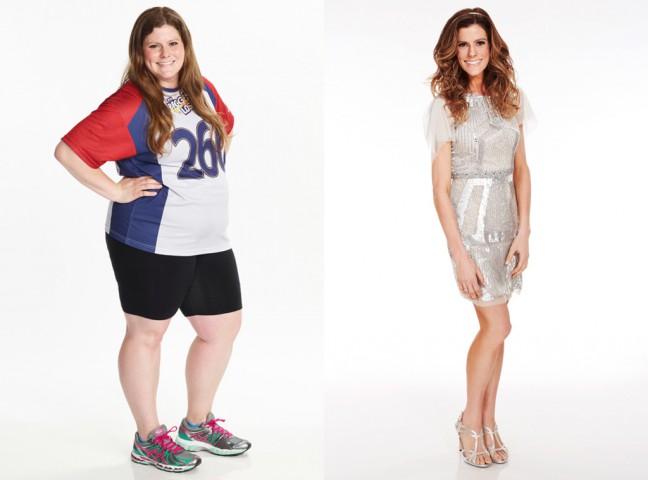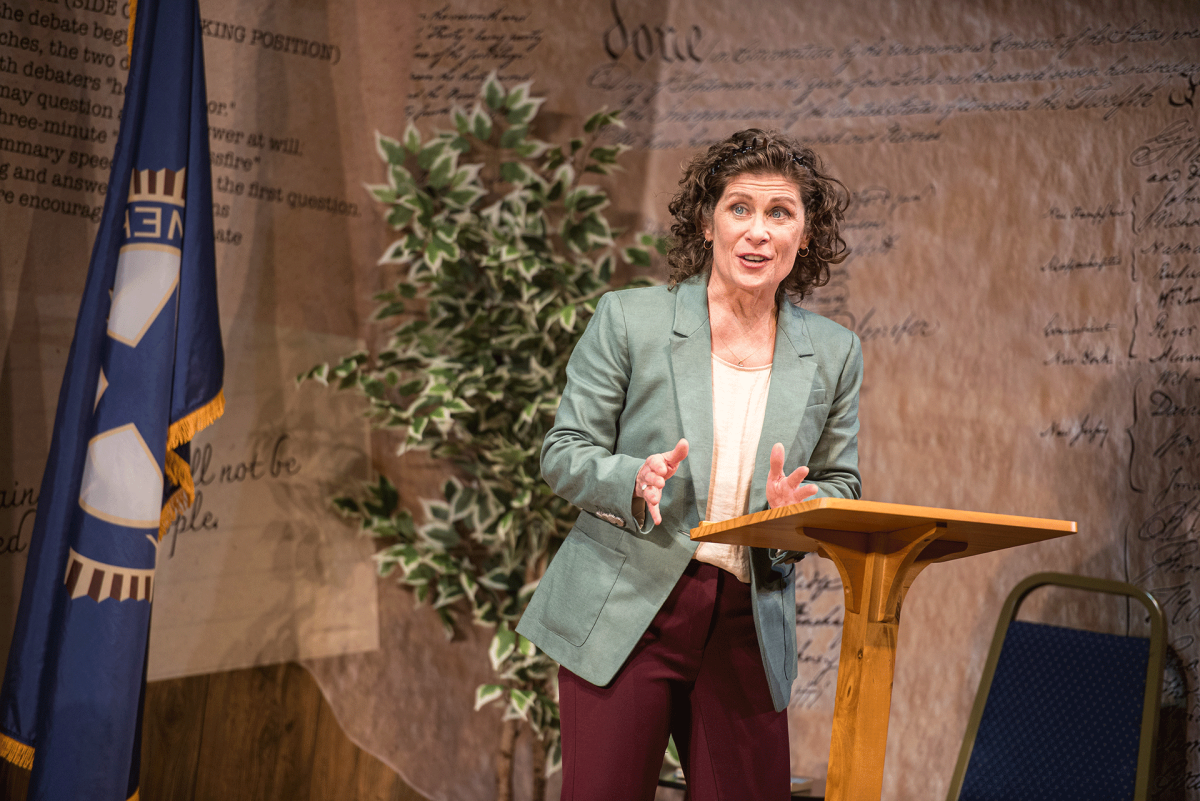Everybody’s talking about the latest victor of NBC’s “The Biggest Loser,” Rachel Frederickson, a 24-year-old student who shed an astonishing 60 percent of her original body mass over the course of seven months to reach 105 pounds. Reactions to her win are polarized. Some are championing her success, fashioning her as the exemplar for overcoming obesity. Others are condemning her ethic, citing her as the epitome of succumbing to obsessive weight-loss and disorderly eating. I see Rachel, as well as the reactions that she’s inspired, as a reflection of something else—not of either obesity or anorexia and bulimia, but of adherence to the strict dichotomy from which they both stem.
With few exceptions, women on reality television fit into two recognizable categories, and viewers can quickly register whether they stand among “the fattest” or “the skinniest.” TLC’s “My 600-lb Life,” for example, focuses specifically on the lives of the super-obese; ABC’s “The Bachelor,” on the other hand, seems to cast contestants whose waists measure between 22 and 24 inches. Elsewhere, there’s Abby Lee (Lifetime’s “Dance Moms“) and Mama June (TLC’s “Here Comes Honey Boo Boo“), Giuliana Rancic (E!’s “Giuliana and Bill“) and Lily Ghalichi (Bravo’s “Shahs of Sunset“), among others.
Some might argue that reality television is doing its job, filling our screens with talent that reflects the all-too-real way in which rates of obesity are on the rise at the same time that the prevalence of eating disorders is increasing. Still, even they would have to concede that these stars are more statistical outliers than accurate reflections of the factual average. Certainly, it’s true: More than one-third of U.S. adults (35.7 percent) are obese. It’s equally true, however, that somewhere around two-thirds of Americans are not. In the same way, the estimation that 0.5 to 3.7 percent of women suffer from anorexia nervosa (from bulimia nervosa, 1.1 to 4.2 percent) in their lifetime necessitates that the equal and opposite fact be true: 95 to 96.3 percent (and 98.9 to 95.8 percent) do not. By favoring (and often idolizing) subjects who represent body image extremes, reality programming is endorsing trends, creating a future reality instead of reflecting the current one.
Arguably, the most realistic program currently airing on television is a scripted one. HBO’s “Girls” follows the goings-on of an average group of 20-somethings, focusing on a New York writer named Hannah Horvath (Lena Dunham) who neither stands among “the fattest” nor “the skinniest.” Over the course of its three seasons, Dunham has garnered some flak in the media for having had no qualms getting naked onscreen. She makes frequent appearances in the buff and watchful eyes who have become accustomed to seeing bodies like Emilia Clarke’s (HBO’s “Game of Thrones”), Anna Paquin’s (“True Blood”) and Lizzy Caplan’s (“Masters of Sex”) must make an uncomfortable adjustment to the reality of bumps, curves and somewhat unfavorable pouches.
The reaction to (and the irregularity of stars who look like) Dunham evidences an odd truth about the state of television. It seems that what’s now revolutionary—quite paradoxically—is what is fine being intermediary. Shows like “The Biggest Loser” should be helpful. The problem, however, is that it enlists individuals of reality and it transforms them into celebrities of a pseudo-reality that has developed an ingrained expectation for being either “the fattest” or “the skinniest.” It was because Frederickson was no longer “The Biggest” that she felt compelled to be the smallest.
Whether or not Frederickson has developed an eating disorder is a matter of conjecture, and any expressions of concern (including this one) shouldn’t discount the hard work that goes into losing weight. Beyond these reactions, the fact remains that, at 5-foot-4 and 105 pounds, she is well below the National Institutes of Health’s healthy body mass index. Disregard whether she was too fat then or too skinny now. The real question is: has she ever been healthy?
In response to the controversy of their latest victor’s shocking weight loss, producers of “The Biggest Loser” have announced that they are considering making some “small but significant tweaks” to the show’s format. The change that everyone–producers, writers, casting agents, viewers–should consider, however, is making reality television more reality-based.





















